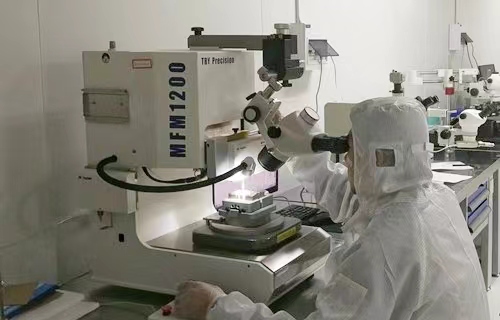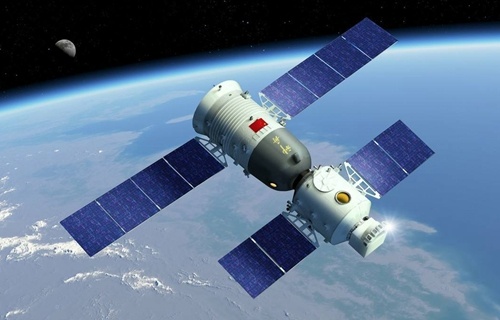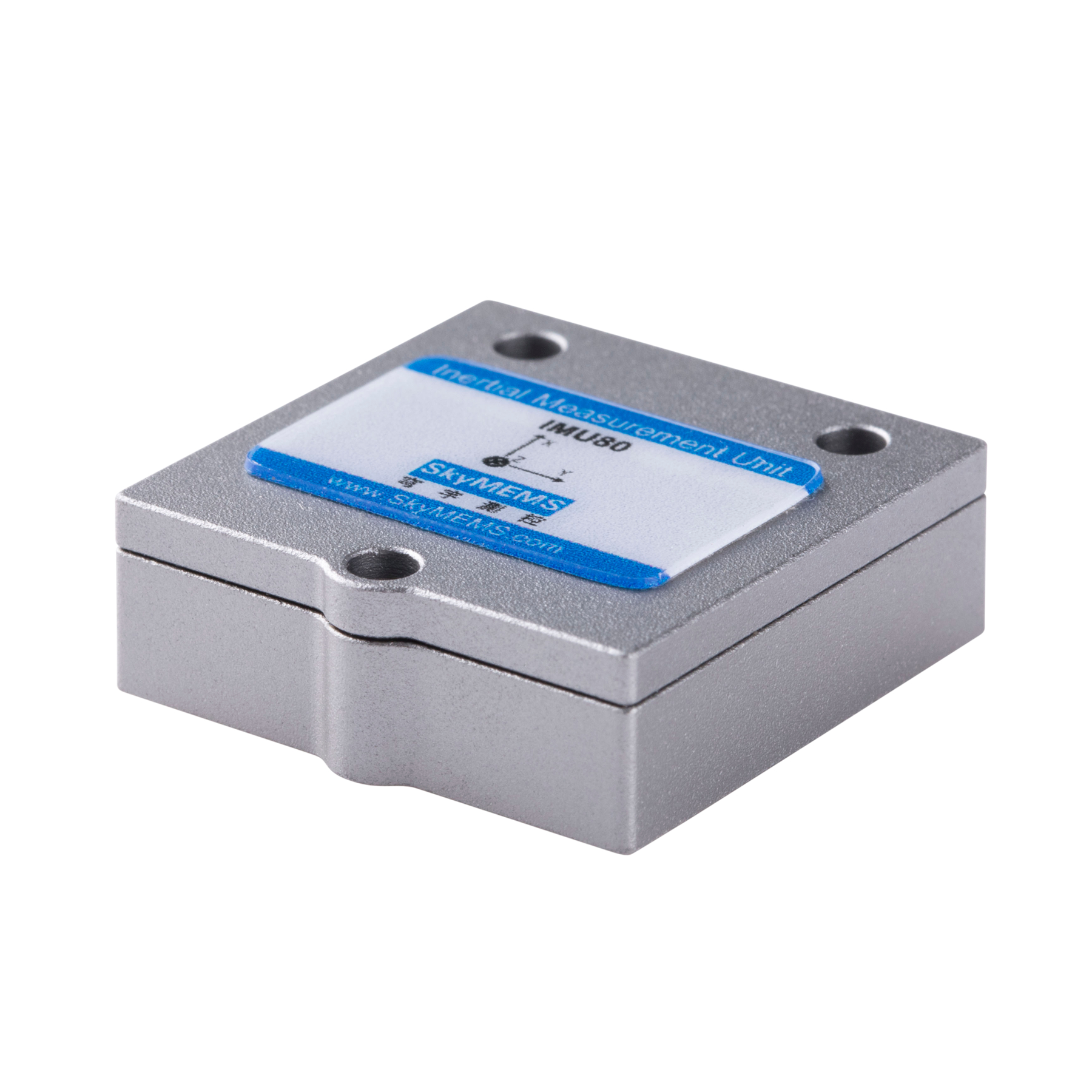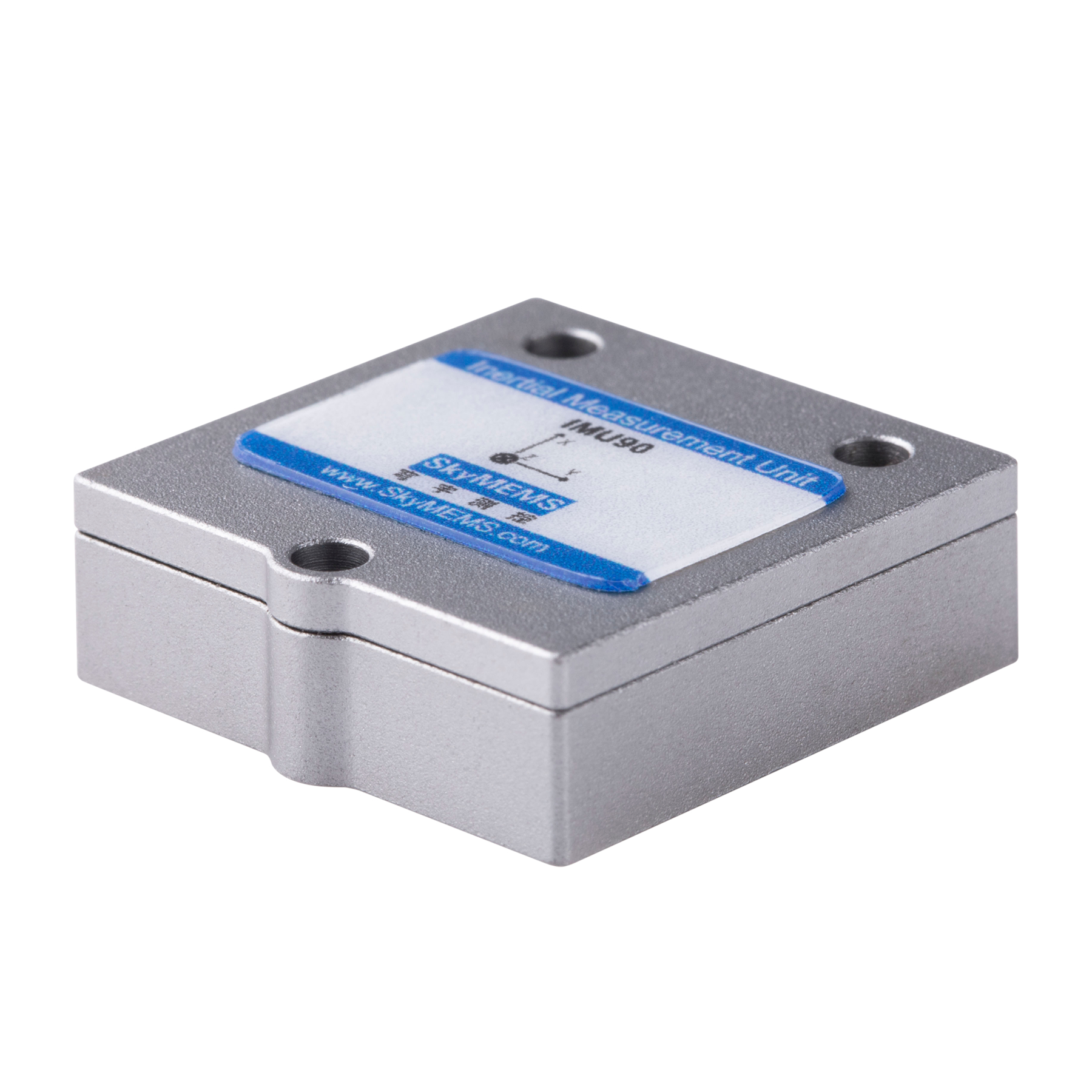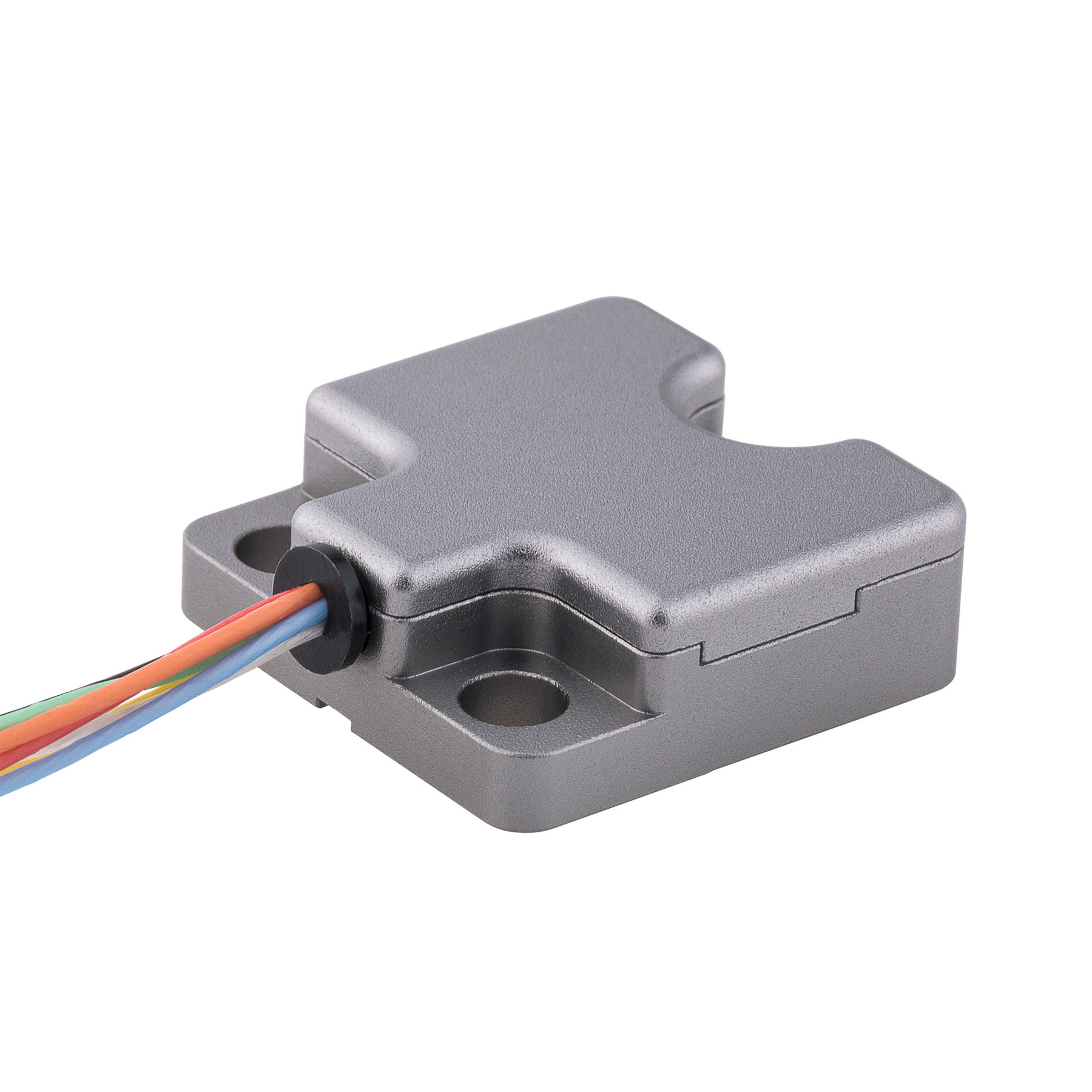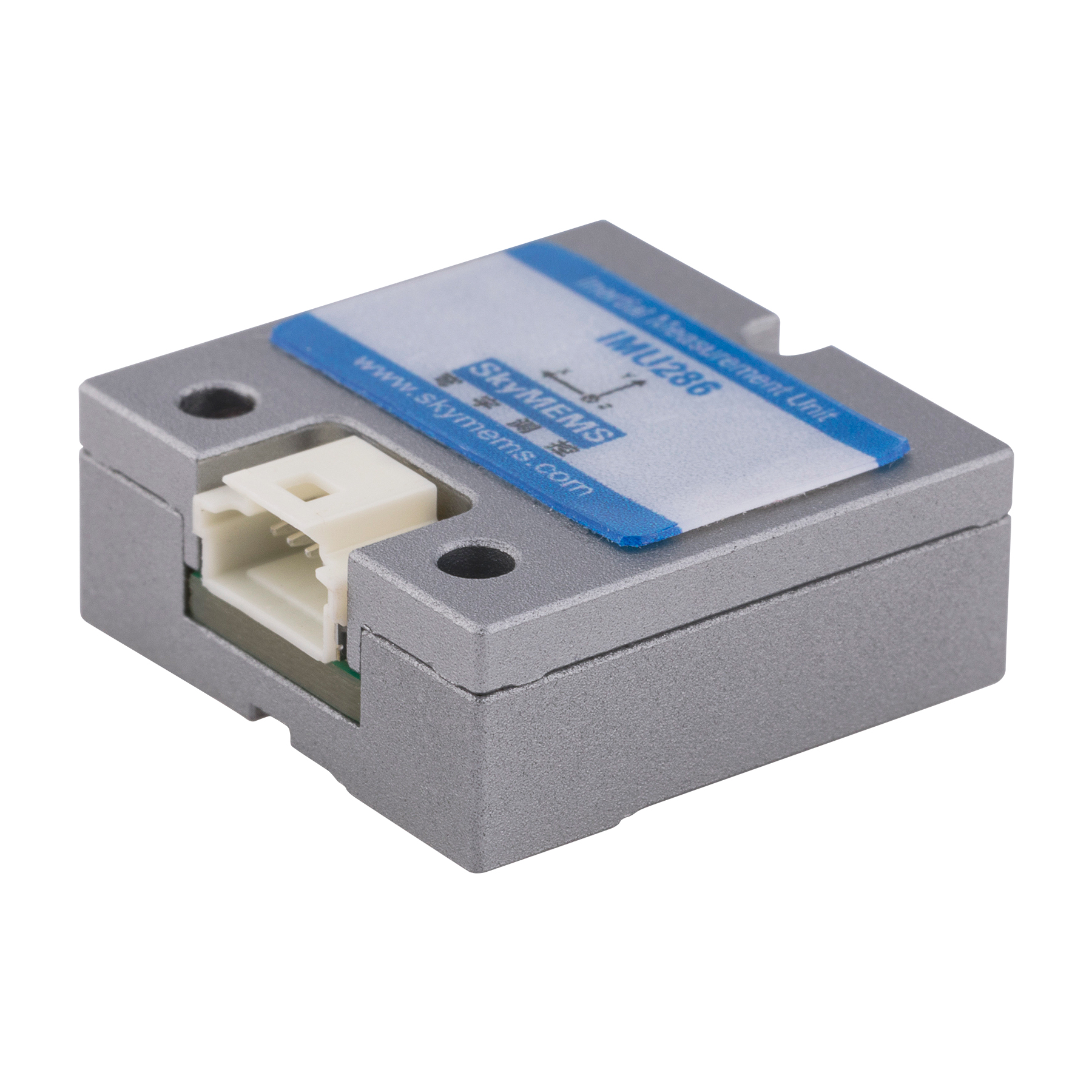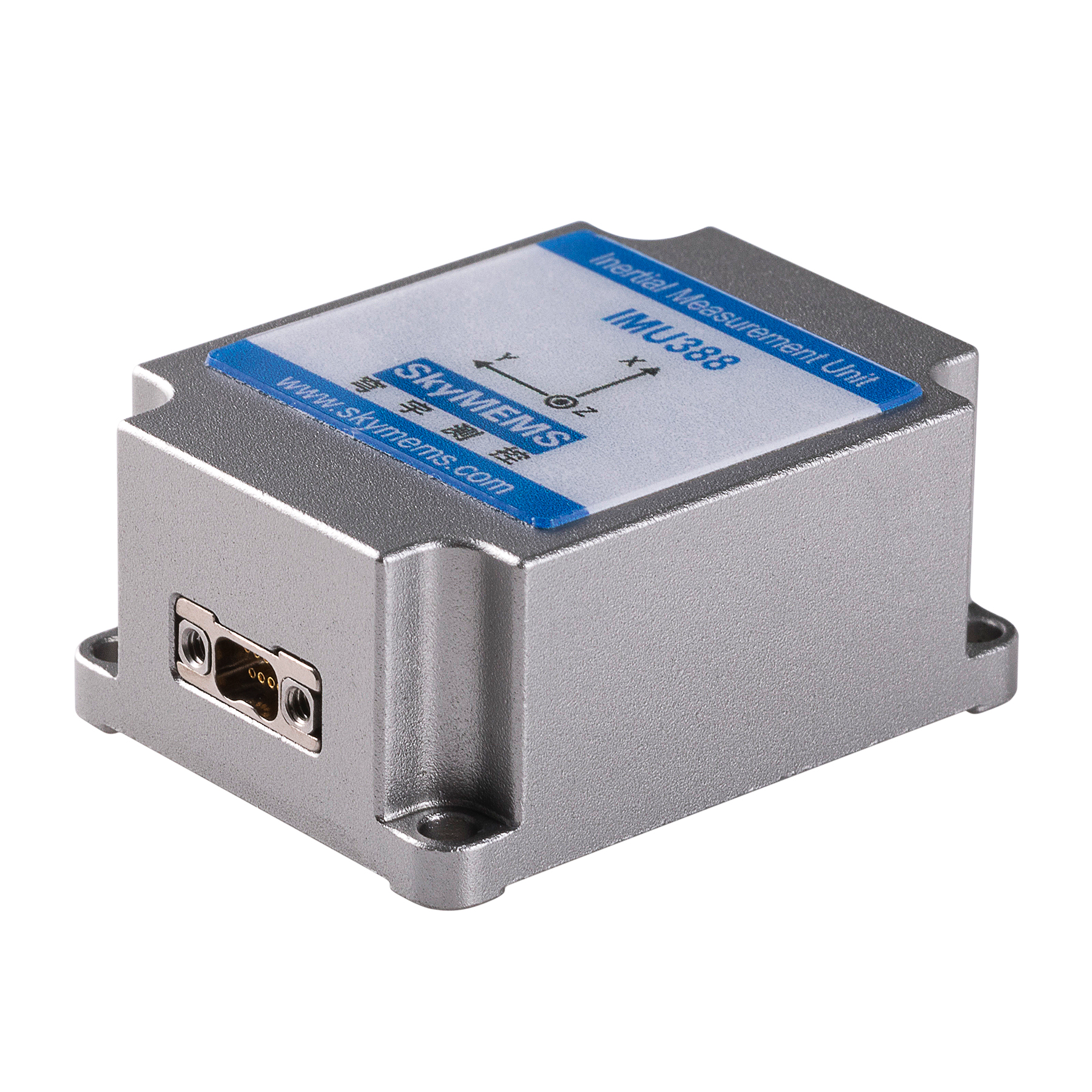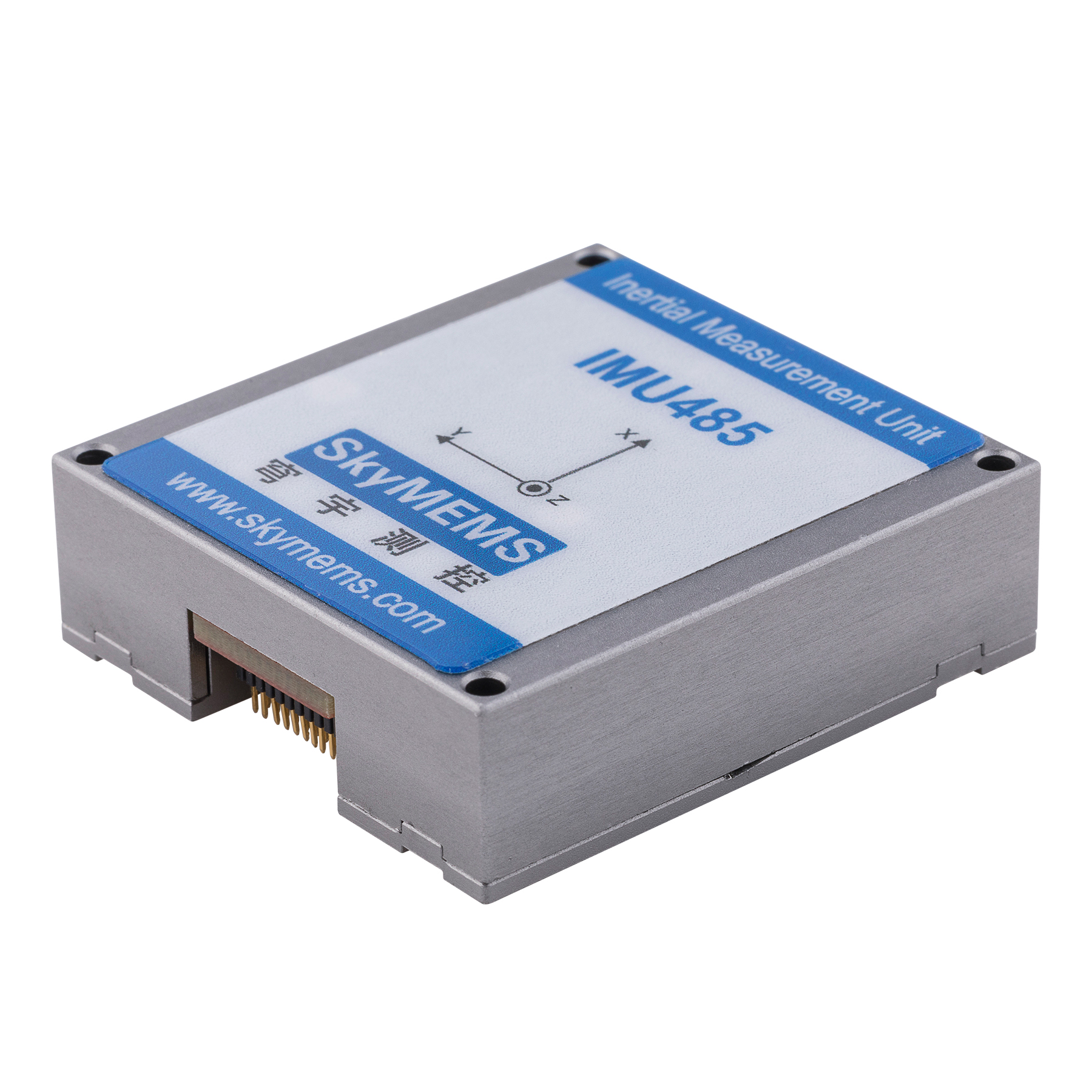Ein faseroptisches Gyroskop (FOG) ist ein Gerät, das die Prinzipien der Interferometrie und des Sagnac-Effekts nutzt, um die Winkelgeschwindigkeit zu messen. Diese Art von Gyroskop funktioniert nach dem Prinzip, dass Licht, das sich in einer geschlossenen Schleife ausbreitet, aufgrund der Rotation der Schleife eine Phasenverschiebung seiner Wellenfront erfährt. Durch Messung dieser Verschiebung kann die Winkelgeschwindigkeit der Schleife bestimmt werden.
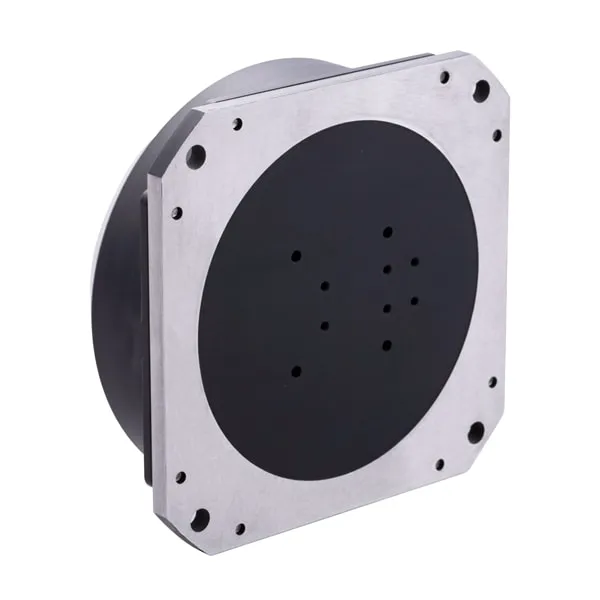
Das Funktionsprinzip eines einachsige FOG kann man verstehen, wenn man sich einen Lichtstrahl vorstellt, der im Uhrzeigersinn um eine Schleife einer optischen Faser läuft. Wenn sich die Faser um ihre Achse dreht, erfährt der Lichtstrahl aufgrund der Rotation der Schleife eine Verschiebung der Phase seiner Wellenfront. Diese Verschiebung wird als Sagnac-Effekt bezeichnet und ist direkt proportional zur Winkelgeschwindigkeit der Faserschleife.
Um diese Verschiebung zu messen, wird der Lichtstrahl in zwei getrennte Strahlen aufgeteilt, von denen einer im Uhrzeigersinn und der andere gegen den Uhrzeigersinn um die Faserschleife wandert. Diese beiden Strahlen werden dann rekombiniert und das daraus resultierende Interferenzmuster wird gemessen. Die Phasenverschiebung zwischen den beiden Strahlen wird dann zur Berechnung der Winkelgeschwindigkeit der Faserschleife verwendet.
Einer der Hauptvorteile von FOGs ist ihre Fähigkeit, in einem breiten Temperatur- und Umgebungsbereich zu arbeiten. Dies ist darauf zurückzuführen, dass das in einem FOG verwendete Licht durch eine optische Faser übertragen wird, die gegen die Auswirkungen von Temperatur und anderen externen Faktoren immun ist. Darüber hinaus sind FOGs in der Lage, hochpräzise Messungen der Winkelgeschwindigkeit mit sehr geringem Rauschen zu liefern.
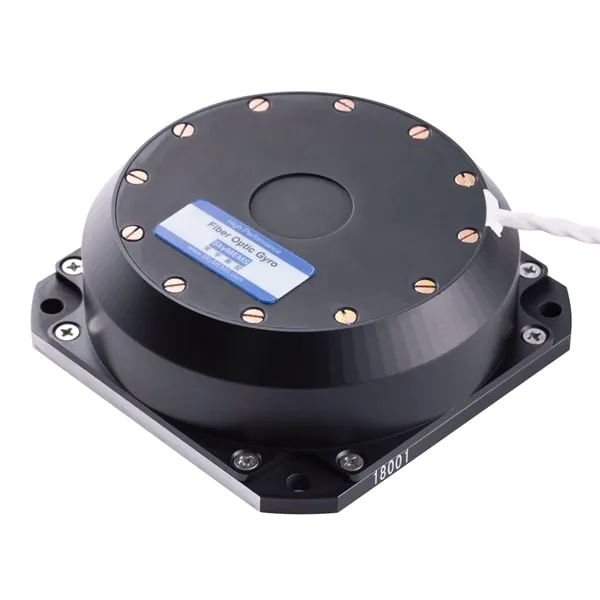
Ein potenzieller Nachteil von FOGs ist ihre relativ große Größe und Komplexität im Vergleich zu anderen Arten von Gyroskopen. Dies kann ihre Integration in kompakte Systeme, wie sie in Handgeräten oder kleinen Flugzeugen zu finden sind, erschweren. Es werden jedoch laufend Fortschritte in der Technologie gemacht, um dieses Problem zu lösen und die Leistung und Größe von FOGs zu verbessern.
Insgesamt basiert das Funktionsprinzip eines einachsigen FOG auf dem Sagnac-Effekt und der Nutzung der Interferometrie zur Messung der Phasenverschiebung eines Lichtstrahls, der sich in einer geschlossenen Schleife einer optischen Faser bewegt. Dies ermöglicht die präzise Messung der Winkelgeschwindigkeit und macht FOGs zu einem wertvollen Werkzeug für eine Vielzahl von Anwendungen, einschließlich Navigation, Führung und Stabilisierung.

